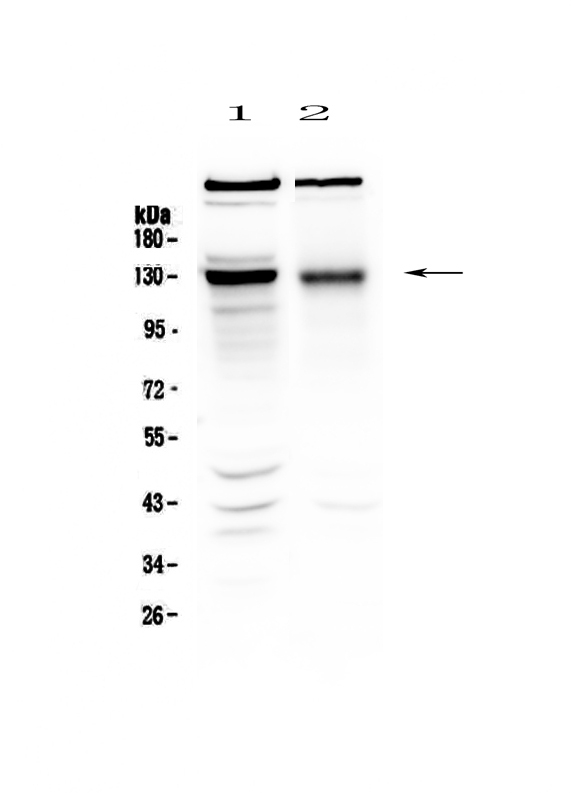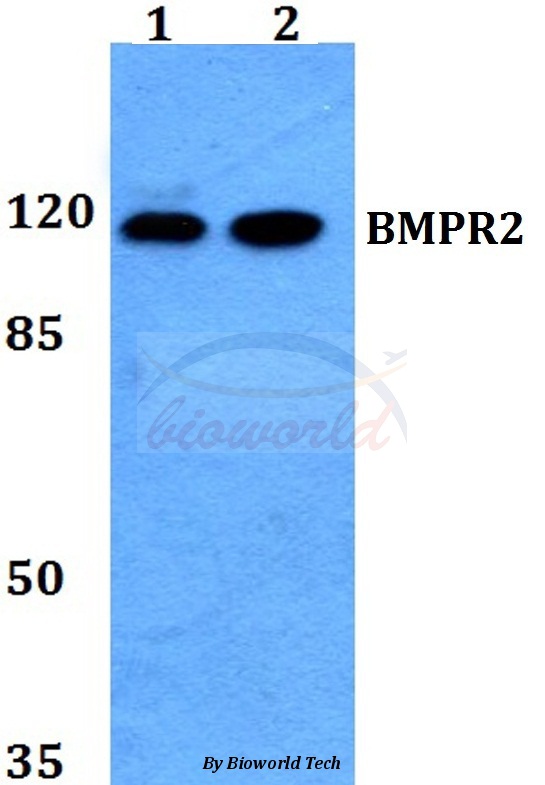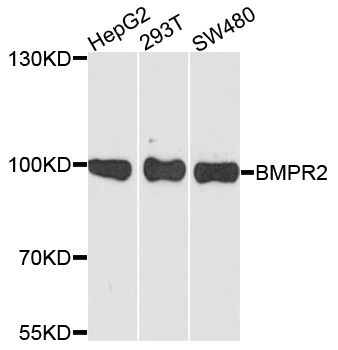
WB analysis of various sample lysates using GTX30090 BMPR2 antibody. Dilution : 1:1000 Loading : 25microg per lane
BMPR2 antibody
GTX30090
ApplicationsImmunoFluorescence, Western Blot, ImmunoCytoChemistry
Product group Antibodies
TargetBMPR2
Overview
- SupplierGeneTex
- Product NameBMPR2 antibody
- Delivery Days Customer7
- Application Supplier NoteWB: 1:500 - 1:2000. ICC/IF: 1:50 - 1:200. *Optimal dilutions/concentrations should be determined by the researcher.Not tested in other applications.
- ApplicationsImmunoFluorescence, Western Blot, ImmunoCytoChemistry
- CertificationResearch Use Only
- ClonalityPolyclonal
- ConjugateUnconjugated
- Gene ID659
- Target nameBMPR2
- Target descriptionbone morphogenetic protein receptor type 2
- Target synonymsBMPR-II, BMPR3, BMR2, BRK-3, POVD1, PPH1, T-ALK, bone morphogenetic protein receptor type-2, BMP type II receptor, BMP type-2 receptor, bone morphogenetic protein receptor type II, bone morphogenetic protein receptor, type II (serine/threonine kinase), type II activin receptor-like kinase, type II receptor for bone morphogenetic protein-4
- HostRabbit
- IsotypeIgG
- Protein IDQ13873
- Protein NameBone morphogenetic protein receptor type-2
- Scientific DescriptionThis gene encodes a member of the bone morphogenetic protein (BMP) receptor family of transmembrane serine/threonine kinases. The ligands of this receptor are BMPs, which are members of the TGF-beta superfamily. BMPs are involved in endochondral bone formation and embryogenesis. These proteins transduce their signals through the formation of heteromeric complexes of two different types of serine (threonine) kinase receptors: type I receptors of about 50-55 kD and type II receptors of about 70-80 kD. Type II receptors bind ligands in the absence of type I receptors, but they require their respective type I receptors for signaling, whereas type I receptors require their respective type II receptors for ligand binding. Mutations in this gene have been associated with primary pulmonary hypertension, both familial and fenfluramine-associated, and with pulmonary venoocclusive disease. [provided by RefSeq, Jul 2008]
- Storage Instruction-20°C or -80°C,2°C to 8°C
- UNSPSC12352203

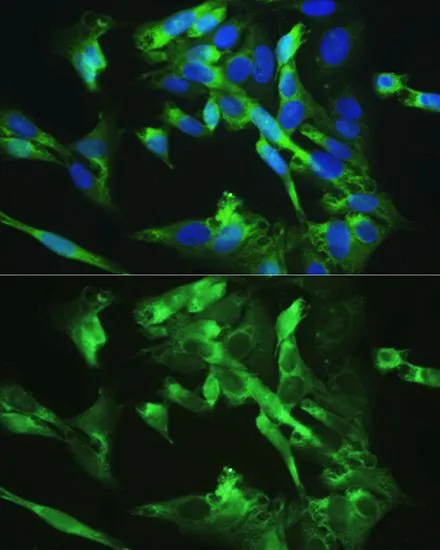
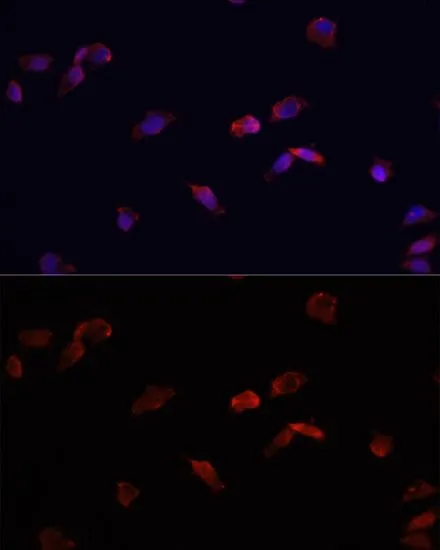
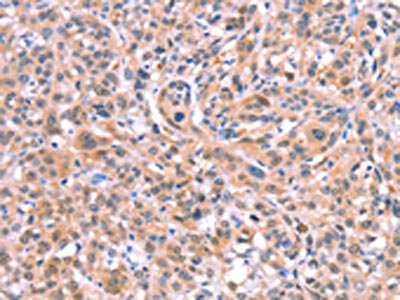
![ELISA analysis of antigen using GTX60414 BMPR2 antibody [1F12]. Red : Control antigen 100ng Purple : Antigen 10ng Green : Antigen 50ng Blue : Antigen 100ng](https://www.genetex.com/upload/website/prouct_img/normal/GTX60414/GTX60414_20170912_ELISA_w_23061123_256.webp)
![ELISA analysis of antigen using GTX60415 BMPR2 antibody [3F6]. Red : Control antigen 100ng Purple : Antigen 10ng Green : Antigen 50ng Blue : Antigen 100ng](https://www.genetex.com/upload/website/prouct_img/normal/GTX60415/GTX60415_20170912_ELISA_w_23061123_263.webp)

![IHC-P analysis of formalin fixed human placenta tissue using GTX52511 BMPR2 antibody [9A10].](https://www.genetex.com/upload/website/prouct_img/normal/GTX52511/GTX52511_20191119_IHC-P_w_23060900_351.webp)
